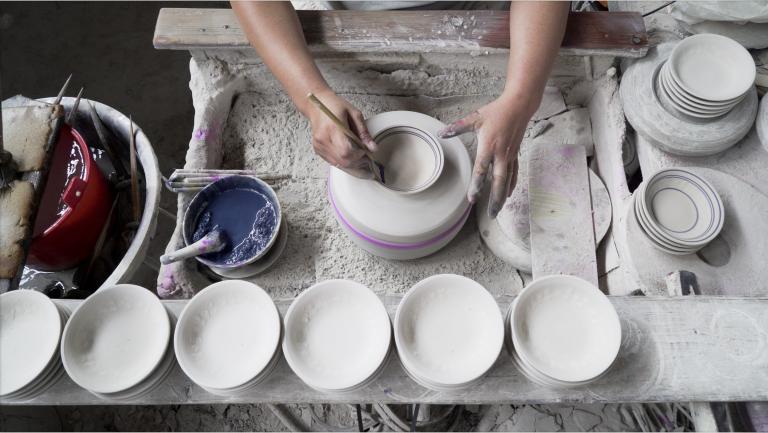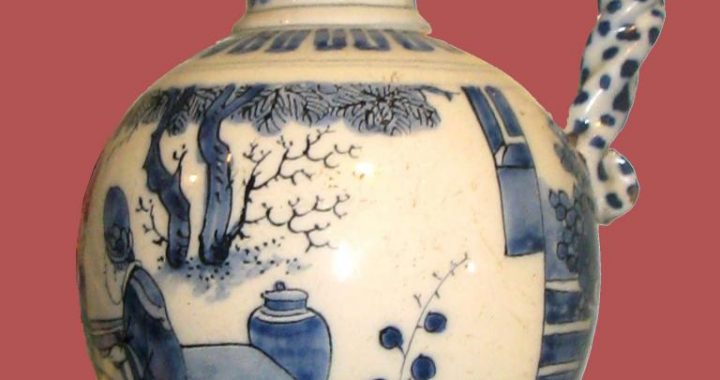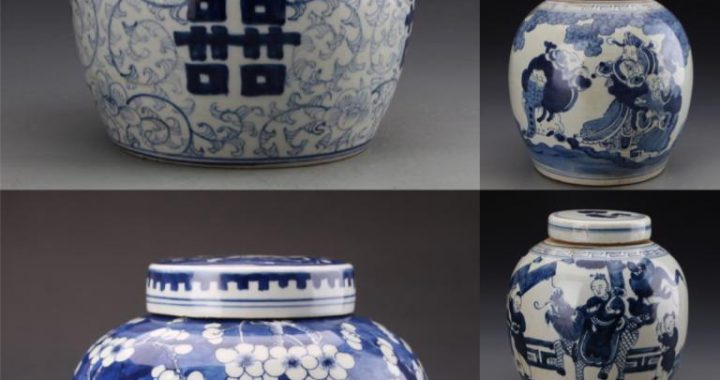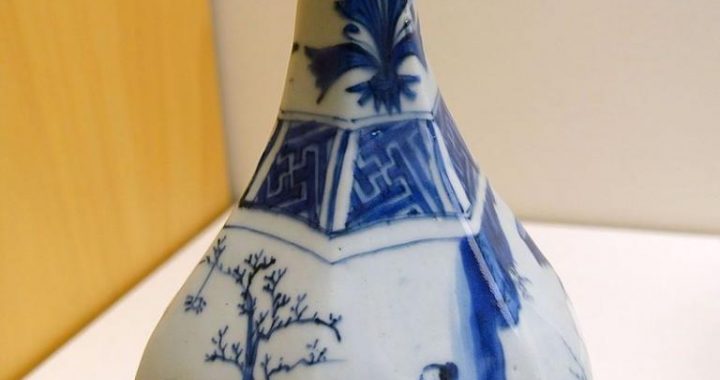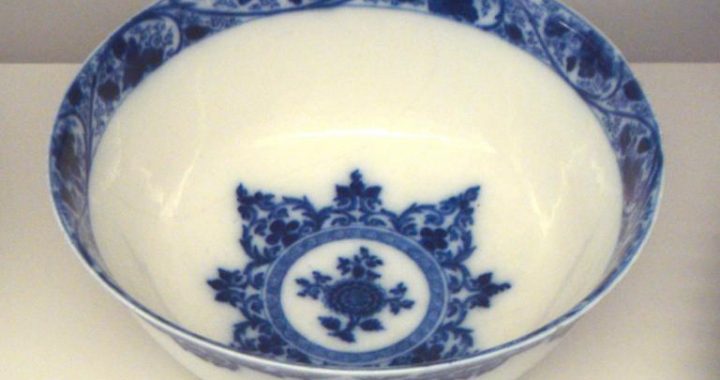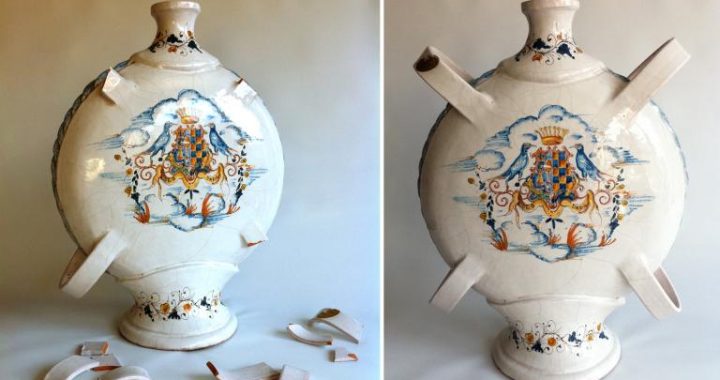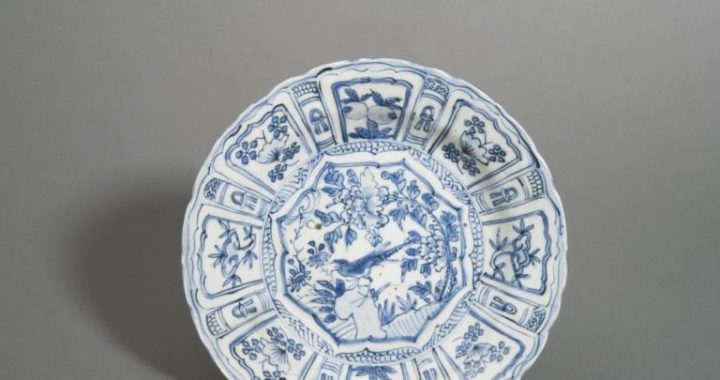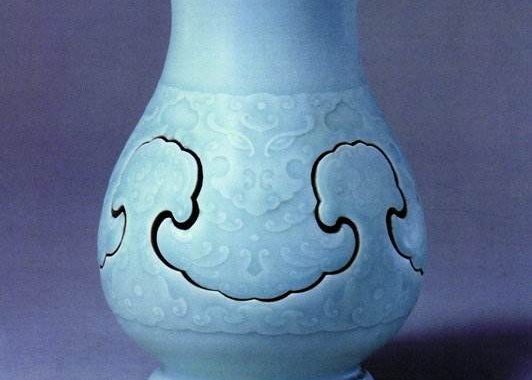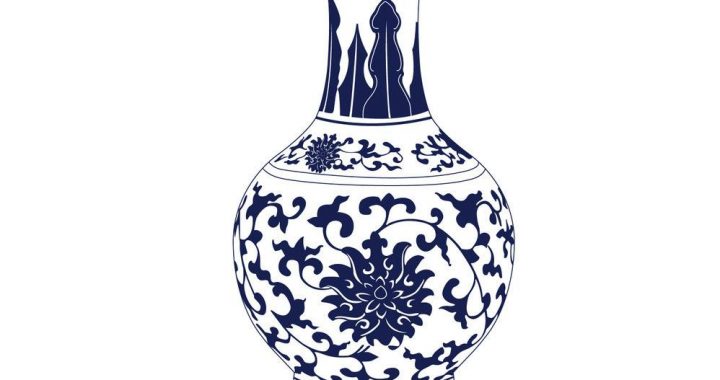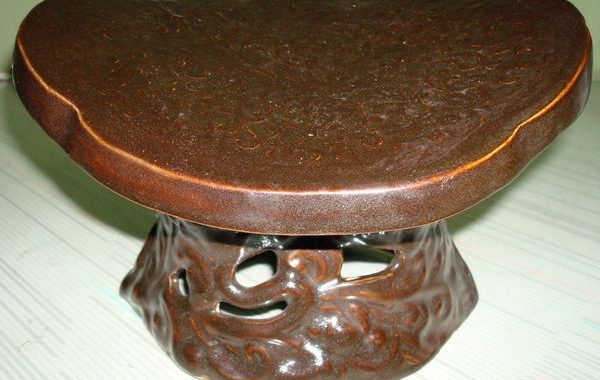Dutful Porcelain Supervisors
4 min readAfter setting up the Imperial Kiln Workshop at Jingdezhen,the Qing court sent supervisors there to oversee porcelain firing.These supervisors usually knew well about the emperor’s preferences,and the workshop operation was strengthened through them.Most supervisors were dutiful on their work,and expended all their energies at Jingdezhen. Among them, the outstanding supervisors were Zang Yingxuan and Lang Tingji in the reign of Kangxi, and Nian Xiyao and Tang Ying in the reign of Yongzheng.
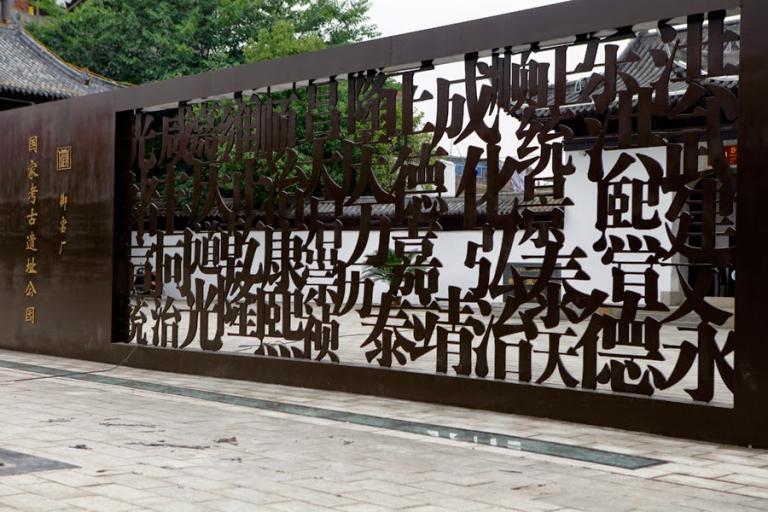
Zang Yingxuan was assigned to Jingdezhen to oversee the firing of sacrificial utensils in the 19th year of Kangxi (1680). He was just one of the supervisors who were sent there at the time, but he was the only one who stayed there for long and accomplished much. According to normal practices, the imperial kiln under his supervision was termed Zang kiln. During this period, Zang kiln produced porcelain wares in full ranges of glaze colors, of which the fresh red and eel yellow were the most exceptional.Furthermore, Zang kiln once tried to fire cloisonne ware.Though it failed, it pioneered the endeavor for developing new porcelain types.
Lang Tingji (1663-1715) was another renowned porcelain supervisor in the Kangxi era. During his term of seven years at Jingdezhen, he not only successfully managed to imitate porcelain produced in previous periods like Xuande and Chenghua, but dedicated himself to recover the long-lost technique of underglaze copper red, and successfully fired the well-known “Lang kiln red”porcelain. This invaluable new porcelain type presents thick and glorious color under unctuous and lustrous glaze, boasting the quality of “jade-like warmness and smoothness in blood-like red”, and even surpasses the previous red-glaze products. Thanks to the restoration of the technique, more types of red glaze ware were added since then.
Nian Xiyao (?-1739),a high-ranking official during the reign of Emperor Yongzheng, was diligent in writing and accomplished both in art and science. He was once deposed from his post as incriminated by the rebellion plotted by his younger brother Nian Gengyao, but was soon assigned to a post again by Emperor Yongzheng. He was dispatched to Jingdezhen to take charge of the porcelain firing and stayed there for a decade. The wares produced under his supervision featured fine materials, elegant color and delicate shape, and were favored by Emperor Yongzheng.
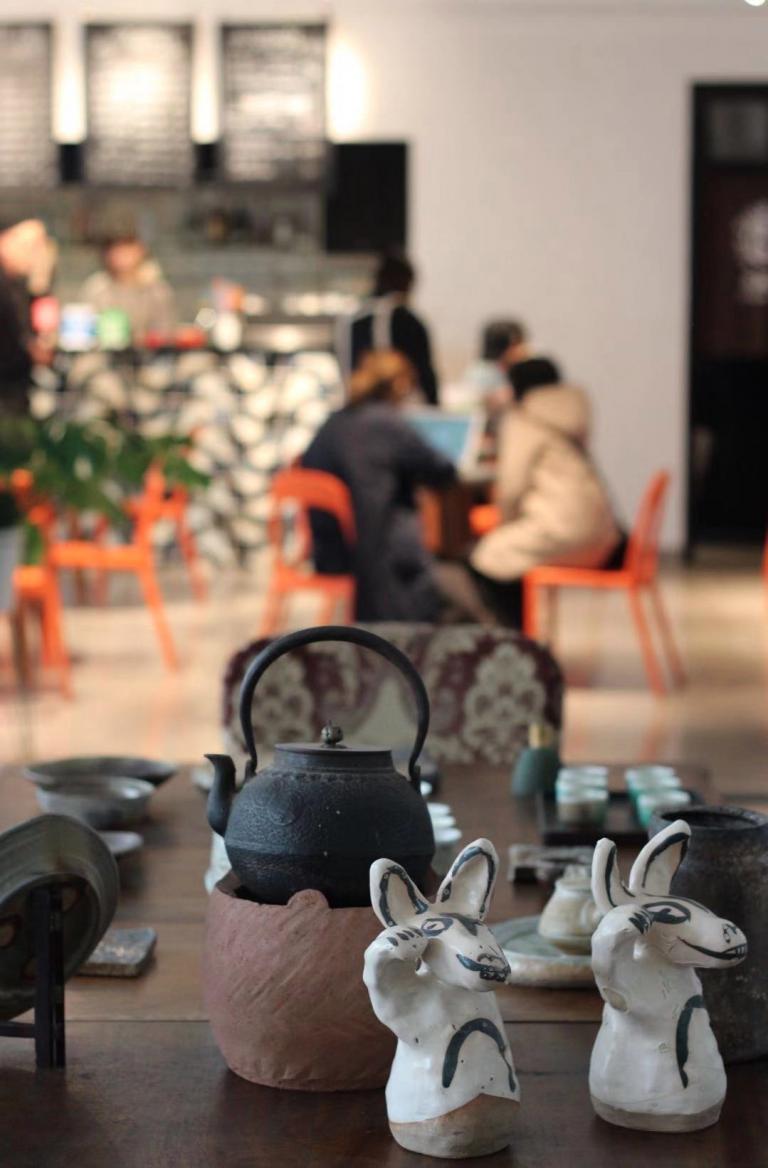
Among all the porcelain supervisors of Jingdezhen, Tang Ying (1682-1756) made a notable contribution to later generations. He was not only conscientious about his job, but studious and inquisitive. Due to his achievements in porcelain firing, he was assigned to be porcelain supervisor at Jingdezhen thrice by EmperorsYongzheng and Qianlong.
At first Tang Ying was sent to Jingdezhen to aid Nian Xiyao in supervision of firing during the Yongzheng period, but actually it was he who took charge of the daily routine, which was extremely difficult for a layman like him. To get familiar with the business and master the firing techniques as soon as possible, he turned to the potters modestly, and experienced their lives in person. Through his effort of three years, Tang Ying turned from a layman toa proficient in porcelain firing. During his term of office, Jingdezheng’s craft hit a new peak and the imperial kiln was ushered into its golden age. At this time there were a great variety of porcelain and glaze colors, be it antique-modelled porcelain or imitation of the famous glazes, they all look extremely like the original, far beyond the level of previous periods.
Tang Ying’s contribution to the porcelain also came from the abundant articles he assiduously wrote on porcelain making, as represented by The Illustrated Book of Porcelain Production, which comprises captions for the 20 illustrations of the Illustrations of Porcelain Production.
In the book, Tang Ying made elaborate description to the source of raw materials, the porcelain making process and operation requirements. This book, with excellent images and texts, contains the essence of porcelain craftsmanship in Jingdezhen accumulated through history, and provides us with valuable scientific and historic materials to better understand the porcelain manufacture of that time.
In addition to mastering the craft of porcelain making, Tang Ying was also concerned with the porcelain culture.
When he arrived at Jingdezhen, he observed the local customs and practices, and paid homage to Tong Bin, who was enshrined as the god of wind and fire, together with the potters. Moreover, he cared for the living conditions of ordinary people, and reformed the system of porcelain industry, thus was sincerely respected and loved by the people. Through his life, he remained conscientious and dutiful as always, and left us with innumerous porcelain masterpieces and touching stories.
Owing to their efforts, the technique of the imperialkilns of Ming and Qing was pushed to a new level, and Jingdezhen was transformed into the center of porcelain production in the world.
